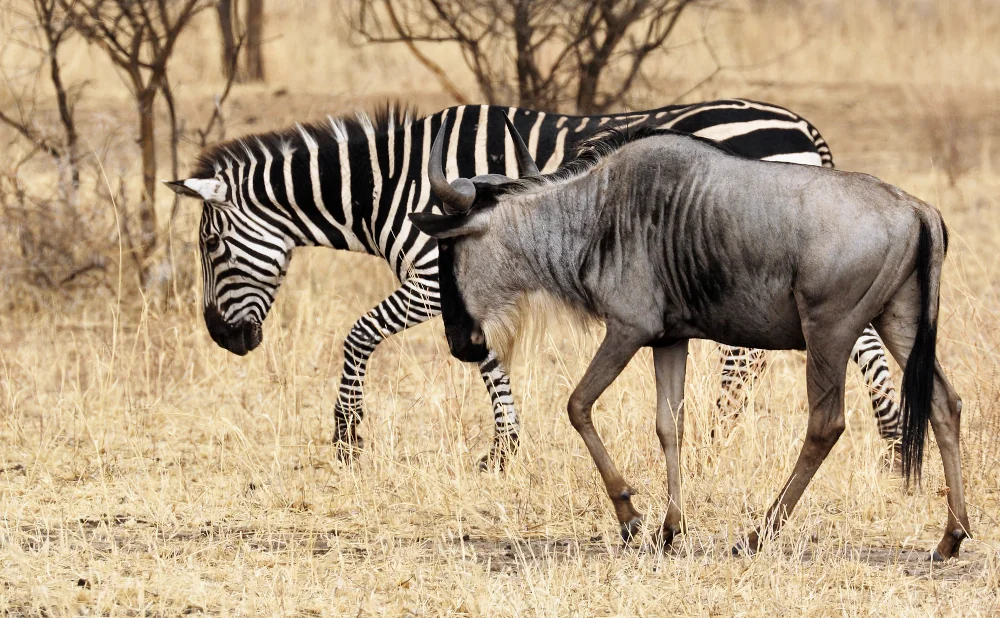Exploring the Linguistic Diversity of Tanzania
Tanzania is a country rich in culture and history, and one of its most fascinating aspects is its linguistic diversity. With more than 120 languages spoken across the nation, Tanzania offers a unique insight into how language and identity are intertwined. This article explores the various languages spoken in Tanzania, their significance, and how they shape the nation's cultural identity.
The Role of Language in Tanzanian Society
Language in Tanzania is not just a means of communication but a significant part of the cultural fabric. It plays an essential role in defining personal and communal identity. In Tanzania, language acts as a bridge connecting people to their heritage and history.
Swahili: The Lingua Franca
Swahili, or Kiswahili, is the national language and one of the official languages of Tanzania. It serves as a lingua franca, facilitating communication across diverse ethnic groups. Swahili is spoken by nearly all Tanzanians, either as a first or second language. It is the language of education, politics, and media, making it a crucial element of national unity.
Swahili's roots are a testament to Tanzania's rich history of trade and interaction with different cultures. It evolved from a blend of Bantu languages and Arabic, influenced by trade along the East African coast. The widespread use of Swahili helps unify the nation, allowing people from different regions to engage with one another seamlessly.
English: The Language of Opportunity
English is the other official language of Tanzania and is primarily used in government, higher education, and international trade. While not as widely spoken as Swahili, English is seen as a language of opportunity. Proficiency in English can open doors to education and employment, especially in urban areas.
Despite its importance, the reach of English is limited in rural areas, where local languages dominate daily communication. Efforts are ongoing to improve English education across Tanzania to ensure equal access to opportunities.
The Rich Tapestry of Local Languages
Beyond Swahili and English, Tanzania is home to a myriad of local languages that reflect the country's ethnic diversity. These languages belong to several language families, including Bantu, Nilotic, and Cushitic.
Bantu Languages
The majority of Tanzanian languages are Bantu languages, spoken by about 95% of the population. These languages are spread across various regions, each with its unique characteristics and dialects. Some of the most spoken Bantu languages in Tanzania include:
- Chaga: Predominantly spoken by the Chaga people on the slopes of Mount Kilimanjaro.
- Haya: Used by the Haya people in the Kagera region.
- Nyamwezi: Spoken in the Tabora region by the Nyamwezi ethnic group.
These languages are vital for maintaining cultural identity and passing down traditions through generations.
Nilotic and Cushitic Languages
In addition to Bantu languages, Tanzania hosts Nilotic and Cushitic languages, primarily spoken by communities in the northern and northeastern regions.
- Maasai: A Nilotic language spoken by the Maasai people, known for their rich cultural heritage and pastoral lifestyle.
- Iraqw: A Cushitic language spoken by the Iraqw people in the Manyara region.
These languages contribute to the cultural mosaic of Tanzania, showcasing the country's diverse ethnic landscape.
Language, Identity, and Cultural Preservation
Language and identity are deeply connected in Tanzania. For many ethnic groups, their language is a source of pride and a symbol of their unique heritage. Efforts to preserve these languages are crucial for maintaining cultural diversity.
Challenges in Language Preservation
Despite the importance of local languages, many face challenges due to globalization and urbanization. Younger generations may prioritize learning Swahili and English for economic reasons, leading to a decline in the use of their native languages. This shift can result in the loss of traditional knowledge and cultural practices embedded in these languages.
Initiatives to Preserve Linguistic Heritage
Recognizing the threat to linguistic diversity, various initiatives aim to preserve and promote local languages in Tanzania. Community programs and cultural festivals play a pivotal role in encouraging the use of indigenous languages. Additionally, educational initiatives that incorporate local languages into the curriculum help foster a sense of cultural pride among young Tanzanians.
Conclusion
The linguistic diversity of Tanzania is a testament to its rich cultural heritage and history. With over 120 languages, Tanzania offers a unique perspective on how language shapes identity and unites diverse communities. While Swahili and English serve as unifying languages, the myriad of local languages enrich the nation's cultural tapestry.
Efforts to preserve these languages are vital for maintaining cultural diversity and ensuring that future generations can connect with their heritage. By embracing its linguistic diversity, Tanzania continues to celebrate its unique identity on the global stage.
Understanding the intricate relationship between language and identity in Tanzania offers valuable insights into the broader dynamics of culture and communication. As Tanzania navigates the challenges of globalization, its commitment to preserving linguistic diversity remains a powerful testament to the enduring strength of cultural heritage.











